A look behind the design of the National Museum of African American History and Culture Museum.
The strikingly unique National Museum of African American History and Culture will showcase the design talent of 2 internationally recognized African American Architects – David Adjaye & Phil Freelon.
David Adjaye of Adjaye Associates Architectural firm
Phil Freelon of The Freelon Group Architectural Firm
The museum will include more than 400 years of African-American history and culture and the 380,000 square ft edifice will sit next to the National Monument and is scheduled to open in September, 2016.
David Adjaye serves as lead designer on the museum project working with co-lead designer Phil Freelon of The Freelon Group, an African American owned architectural firm headquartered in Philadelphia. Phil Freelon’s architectural firm designed the National Center for Civil and Human Rights in Atlanta.
African Americans are severely underrepresented in architectural field. Only, two percent of architects in the USA are black.
David Adjaye is a Ghanaian born, British architect with the soul of an artist. His design aesthetic is very modern and richly infused by his native African heritage.
Growing up David’s father worked in foreign service at Ghanaian Embassies across Africa. By the time David was eleven years old, he had lived in Dar es Salaam, Kampala, Nairobi, Cairo, Beirut, Accra, and Jeddah. Eventually, the family settled in London where David attended university and got his first opportunities in building design.
As an adult David has visited each of the African continent’s 54 nations.
Facts about the new museum
- The form of the building, a ziggurat, is suggestive of upward mobility and beckons the vi moves upward into the sky. David says it’s symbolic for the journey of Africans in America.
- The uplifting shape reflects African Americans people who made significant sacrifices, overcame tremendous adversities and help transform America into the super power it is today.
- The most complex part of the building is the corona (outer shell), a bronze coated alloy material. There will be about thirty-six hundred cast aluminum panels coated with bronze that are designed to have the look of intricate carved metal handwork or textile weaving.
- The design element is an homage to the thousands of skilled African-American casters whose labor built the early architecture of the south, and specifically Louisiana and South Carolina known for their beautiful cast iron gates and iron works.
- This museum will be the most green institution on the mall.
- The entrance hall has a wood ceiling that looks like an inverted bowl made from thousands of lengths of split pine David describes as “a shower of timber.” The design symbolizes the millions of Africans who were brought to this country as slaves.
- The African American History Museum will sit next to the National Monument. It is likely to be the last building constructed on the National Mall.
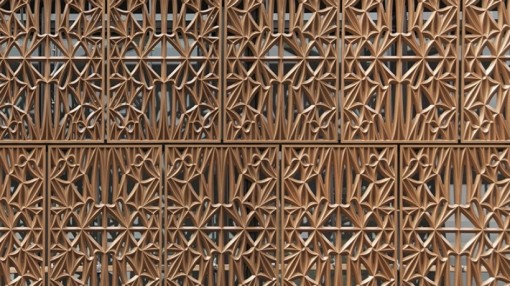 The copper design on the outer shell of the museum is a tribute to the ornate cast work created by thousands of skilled African American laborers throughout the south.
The copper design on the outer shell of the museum is a tribute to the ornate cast work created by thousands of skilled African American laborers throughout the south.
In addition to the African American History & Culture Museum in Washington, DC Adjaye currently is the architect of projects going in 3 other countries including design and construction of the Cape Cod Slavery Museum in South Africa.
Two landmark buildings by these architects
Civil Rights Museum Atlanta – Phil Freelon, Architect
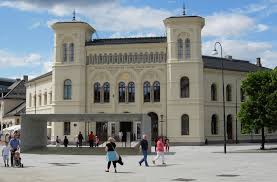 The Nobel Prize Peace Centre in Oslo – David Adjaye, Architect
The Nobel Prize Peace Centre in Oslo – David Adjaye, Architect
“The new African American History Museum is not just a museum for black people but a museum to help people of one culture understand the experience of people of a different culture.”
Lonnie G. Bunch, Founding Director, AAHM of Smithsonian Institute
I can’t wait until this museum opens this fall. How about you?
Until next time ….

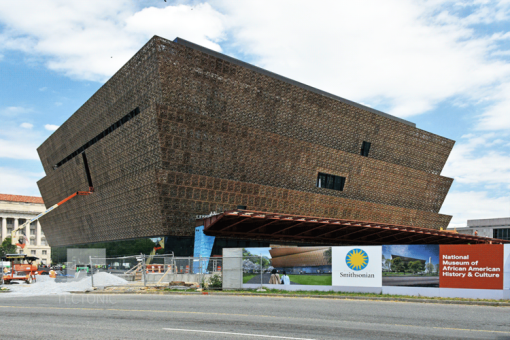
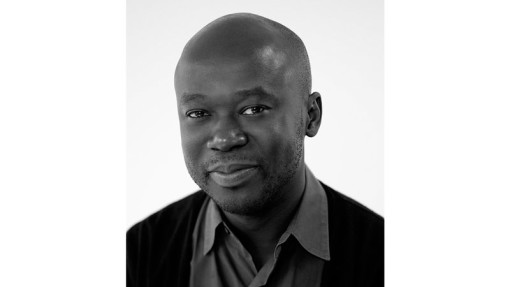
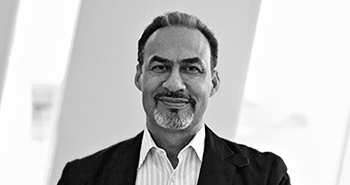
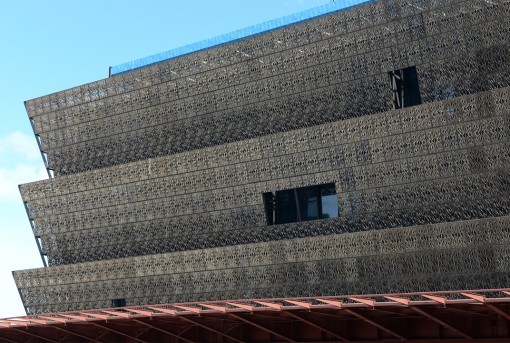
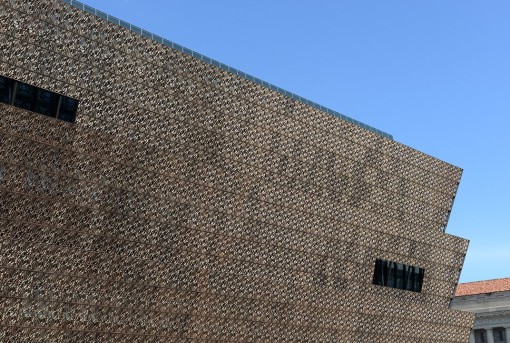
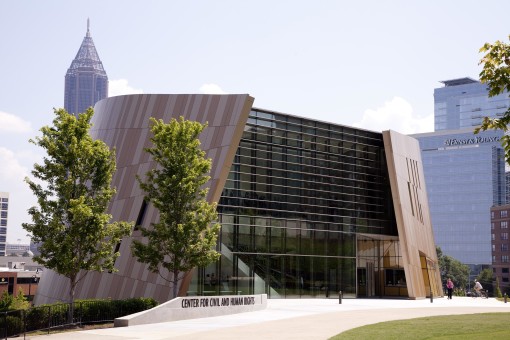

2 Comments
Patricia
I am truly excited about this museum and am going to start early this year trying to figure out how to get an invitation to one of the many future Openings.
Elle
Hello Patricia,
So am I. I believe visiting this museum could be a life changing experience for many Americans including myself eventhough I know our history.
If you figure out how to get an invite can I go in your handbag? I’d LOVE to be at the opening ceremonies too!
Elle